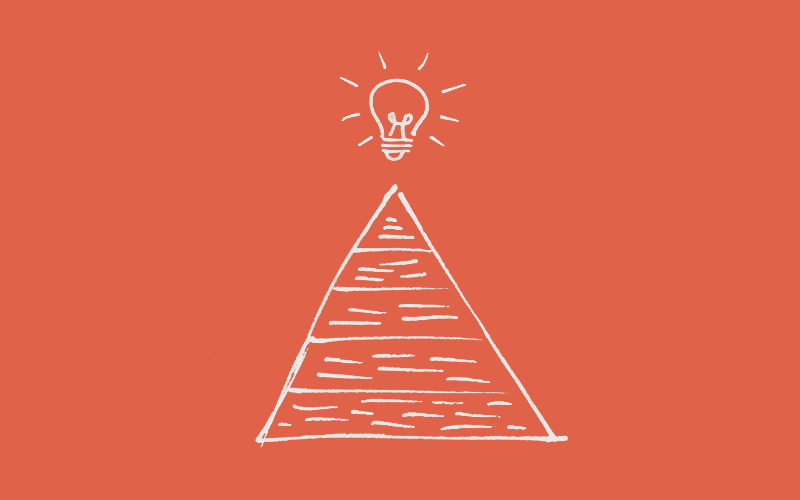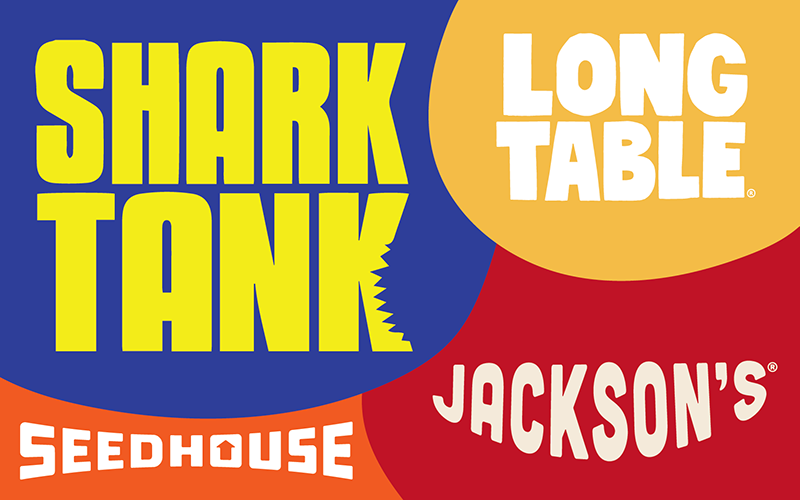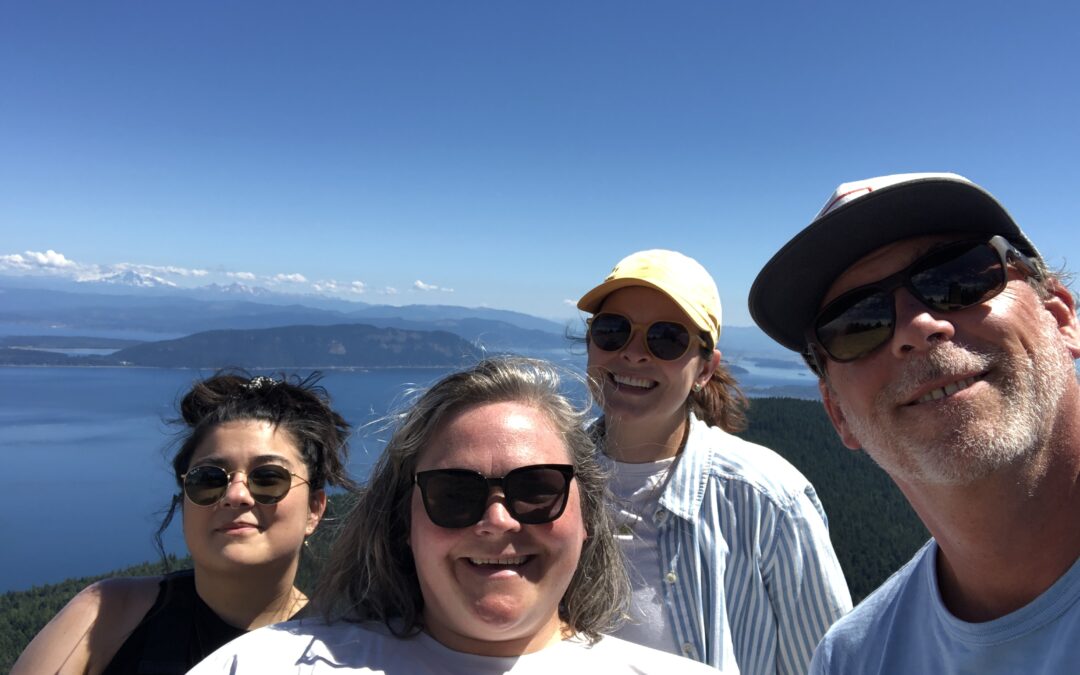
Why do you need a Brand Strategy & Story?
The simple answer is – because:
Brand identity and strategy keeps your brand consistent. Story is how we as humans connect to our world.
Creating a brand strategy and story allows your users or customers (i.e. humans) to connect to what your brand has to offer. We are storytelling animals. If you are interested in reading more about this, Jonathan Gottschall has written a compelling book on the matter. Check it out here. Or watch his TED talk.
How do you develop a brand identity?
We start to develop a brand strategy by doing an audit and immersion. We start by learning and work quickly to to get a baseline understanding of some of your brand’s business dynamics. Then we work to understand how the competition is appealing to the consumer, we identify who your brand’s target customer is and how your brand can be different from the competition in a way that matters to the target; meaningful differentiation is the goal. We work to get there objectively rather than subjectively.
Then, we define the brand using a pyramid – a Brand Equity model initially developed by David Aaker. We articulate the brand attributes (what is it?), functional benefits (what does it do for me?), emotional benefits (how does it make me feel?), personality (tone of voice and relationship to consumer), and the essence, aka the Big Idea. A brand has to stand for something! We try to craft a short 2-3 word brand essence that captures the unique spirit of the company, service or good.
We use this particular brand modeling tool because it’s relatively easy for a group to work through, provides lots of room for healthy discussion and is pointed – rather than more open-ended advertising or marketing models which offer broader interpretation. A brand should be articulated and clearly understood internally – before it’s ever represented externally. The brand pyramid becomes a focusing tool.
How do you develop a brand story?
We talk a lot internally about how to bridge the gap between the strategy and design process. The brand story does a nice job of bridging this divide. The brand story helps paint a picture in the mind – giving life to the brand’s Big Idea. Below are some simple guidelines you can follow to start your brand story.
- Start by identifying and naming the elements of a positioning statement.
- Who are your people (aka customers)? (Target Audience)
- In what context do people find you? (Frame of Reference)
- What’s the benefit you offer? (Reason to Believe)
- How does it differ from what else is out there? (Point of Differentiation)
- Should follow the rough shape of this:
For [Target Audience], [Brand] is the [Point of Differentiation] among all [Frame of Reference] because [Reason to Believe].
Gut Check: Make sure the above elements are authentic and deliverable.
- Then weave these elements together to tell a story. If you have a compelling founding story, add it into the mix.
- A story should have a strong beginning, middle and end.
- Show. Don’t tell. You heard it over and over again in school, but it’s truer now than ever. No one wants to be sold.
- Talk to your audience in your authentic brand voice. We’re free to be you and me. So let’s be ourselves. Try imagining a specific friend and write/talk to them.
- Keep it short and sweet. Think three short paragraphs. Edit again and again.
- The hero of the story is your customer! Not the brand. Read more about this here: Winning The Story Wars. Think about their unmet needs and how you might be able to be in relationship to them.
When the Brand Strategy Process ends, we move on to the Creative Exploration phase – where we build out and review initial concepts to present to the client.
To read more about the Seedhouse process, check out these blogs: Brand Strategy & Brand Story, How to Get the Most Out of Your Package Design, and Naming – Our Philosophy and Process.
Let us know if you have tips or tricks to writing a good story. And get in touch if you need help writing your story or defining your brand. Lastly, read more about other steps of our process here.




